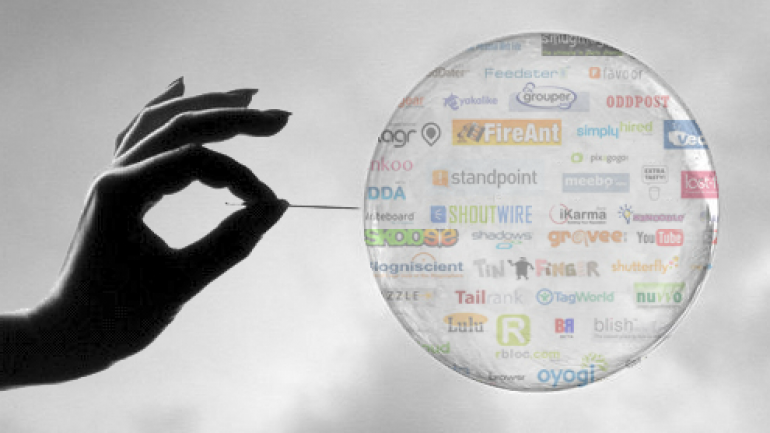Bubbles are when a products value continues to rise beyond its true value. But what happens when the bubble inevitably bursts?
What are the types of economic bubbles? Intrinsic bubbles, informational bubbles, classic bubbles and fads are all the results of over valued products.
Tom Hadfield was only 12 years old when he set up the internet sensation Soccernet, by the time he was 17 years old he sold the company to ESPN for $40 million dollars.
Does the media fuel bubbles? The dot.com bubble wasn’t just confined to the investment and trading community, the public also got involved, and this caused a media frenzy.
How was the dot.com market valued? The dot.com’s equity was valued on visits and clicks. There was nothing to research, traditional valuing techniques went out the window.
Once the dot.com market started to crack, investors soon realized that these internet companies weren’t really worth anything at all, but was this enough for them sell up before the bubble burst?
When bubbles bursts the immediate effect is damage to the public. But is there any longer lasting positive effect on the economy?
Is green technology the beginning of a new bubble? Can we spot a bubble emerging? Is there anything that can be done when a bubble does emerge?

Advertisement
Join The Conversation




Why do they think that markets are responsible for the bubbles? As misterpom said, no mention of central banks – useless.
No mention of central banks. Useless.
Excellent – Informative, authoritative and entertaining! Thanks for posting! R